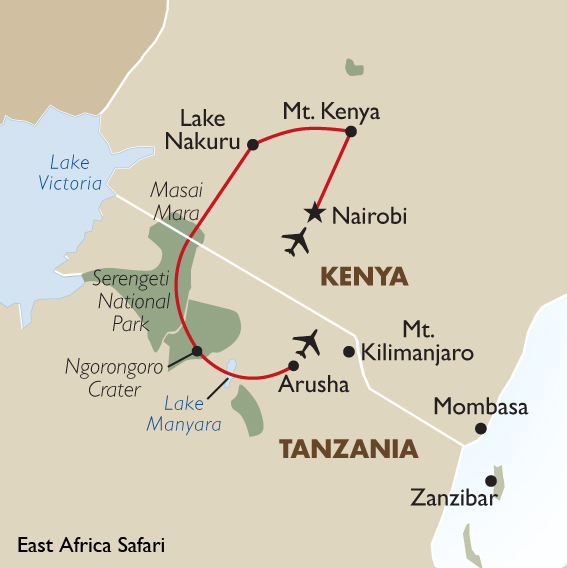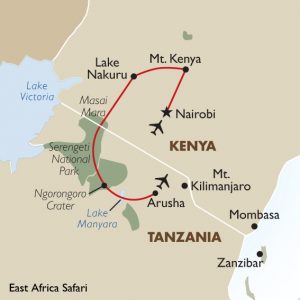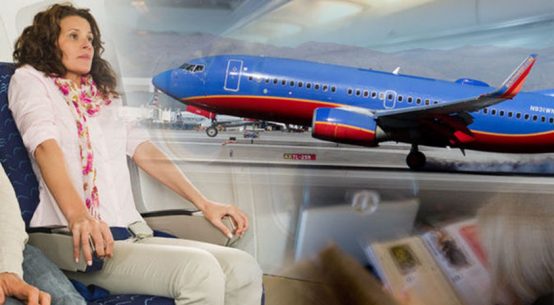

Flying from Entebbe to Nairobi is generally considered as a massive undertaking. This is because a passenger has to pay an average of US$400 (Shs1.4million) for a return ticket for a journey that takes only 55 minutes.
Yet an addition of US$200 (Shs700, 000) could enable the same passenger pay for a return-ticket to Dubai in the United Arab Emirates for a journey that takes a proximately four hours.
That is why analysts forecast that implementing the Open Skies in East Africa as part of the implementation of the 1999 Yamoussoukro Decision will mark the end of the high air fares in the region.
East African Countries are among the 44 African states that committed themselves to liberalize the aviation industry, curb air taxes and offer qualifying airlines entry rights in order to reduce ticket prices, increase traffic and improve safety.
But almost 20 years later, many African countries including those in the EAC are yet to open their air space, and instead rely on Bilateral Air Services Agreements (BASAs) with the view to shield their local carriers, denying passengers of low air fares.
Kassim Omar, the chairman of the Uganda Clearing Industry and Forwarding Association told The Independent in an interview that Open Skies would stir competition in air transport and thus push down the cost of doing business in the region.
“The issue of Open Skies and liberalisation is quite timely. It will help to address the challenges of the common market protocols,” he said.
“Trade is not only about travelling by air, it is also about Open Skies so that other countries can participate in the aviation industry, create competition, and that will help reduce the costs of doing business in the region especially if people can easily move from one country to another, catching up time and at a fair air transport cost.”
Joe Mutungi, the director for aviation safety security regulations at the Kenya Civil Aviation Authority said the initiative will stir competition in the regions aviation’s industry leading to improved customer care.
This is the same position that David Mpanga Kakuba, the acting executive director at the Uganda Civil Aviation Authority, agrees with saying it will also boost air passenger traffic in the region as a result of low air fares.
These comments come at the time the EAC countries seem to be reluctant to implement the Open Skies initiative even after three countries in the bloc – Kenya, Uganda and Rwanda –signed a Memorandum of Understanding on the management of the Northern Corridor Air Space bloc in Nairobi, Kenya in 2014.
Efforts to ascertain the progress of initiative were futile as the Minister for Works and Transport, Monica Azuba, had neither answered our repeated calls nor replied our emails having promised earlier to do so.








